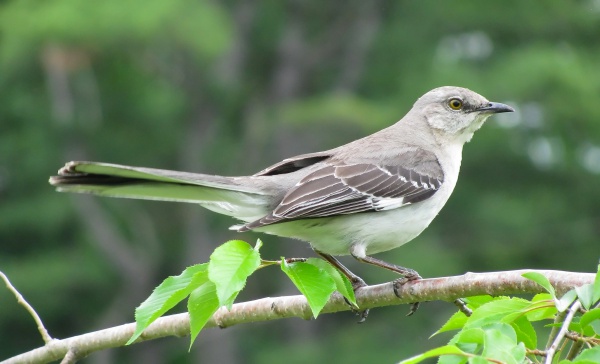Facts About Northern mockingbird
The northern mockingbird, scientifically known as Mimus polyglottos, is a familiar presence throughout North America. First described by Carl Linnaeus in 1758, its name translates to "many-tongued thrush" underscoring its extraordinary mimicry skills. With gray to brown plumage on its upper body and a lighter underside, this adaptable bird is omnivorous, feeding on both insects and fruits. Northern mockingbirds are found breeding in regions such as Canada, the United States, and northern Mexico.
Taxonomically classified within the genus Mimus, the northern mockingbird is closely related to the tropical mockingbird. There are three recognized subspecies, each exhibiting distinct traits. These birds are highly intelligent, capable of recognizing individual humans and remembering specific breeding locations.
Their range extends from Canada to Mexico, where they prefer habitats with open spaces and sparse vegetation. Boasting a diverse diet, they consume arthropods, fruits, and seeds. Breeding season begins in spring and early summer, with both parents contributing to nest building and caring for their young. Though generally monogamous, some males may have multiple mates.
One of the most charming attributes of the northern mockingbird is its extensive song repertoire. They can mimic the sounds of other bird species and even non-biological noises. These birds are also fiercely protective of their nests, frequently defending them aggressively against predators.
Notably, northern mockingbirds have adapted well to urban environments, with studies indicating higher survival rates in cities compared to rural areas. This adaptability, combined with their intelligence and melodious songs, makes them a cherished species.
In the cultural fabric of the United States, the northern mockingbird holds a special place. It is the state bird of Arkansas, Florida, Mississippi, Tennessee, and Texas. Its ability to thrive in diverse environments and its enchanting vocalizations ensure it remains a favorite among bird enthusiasts across North America.
